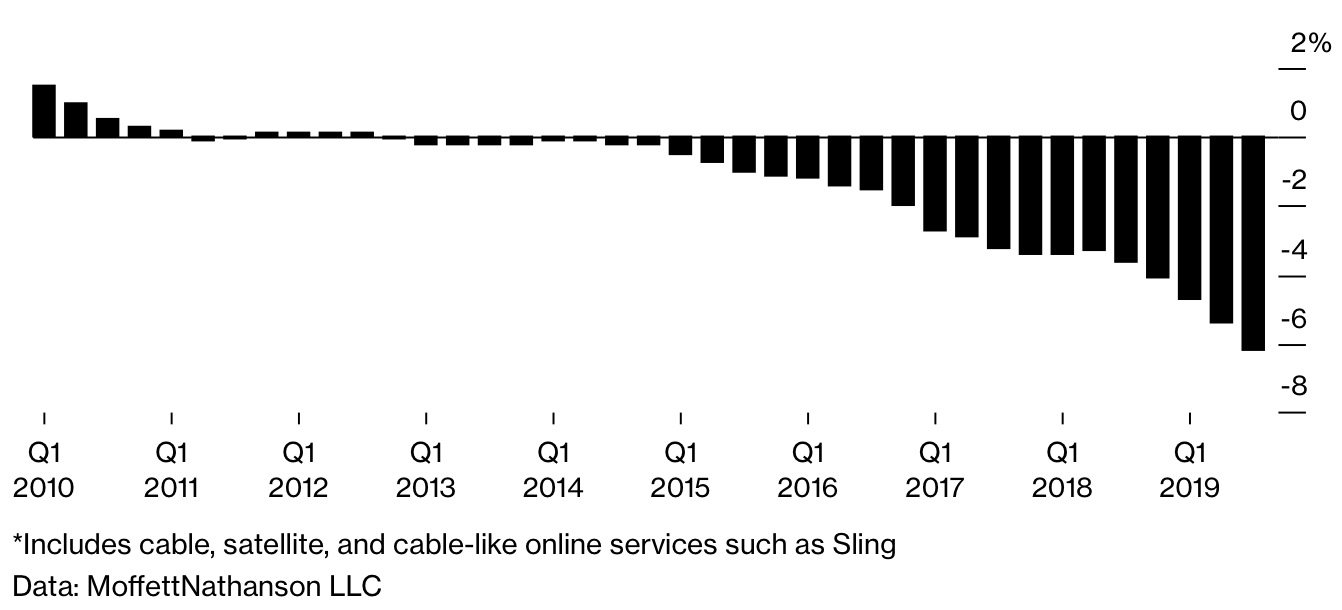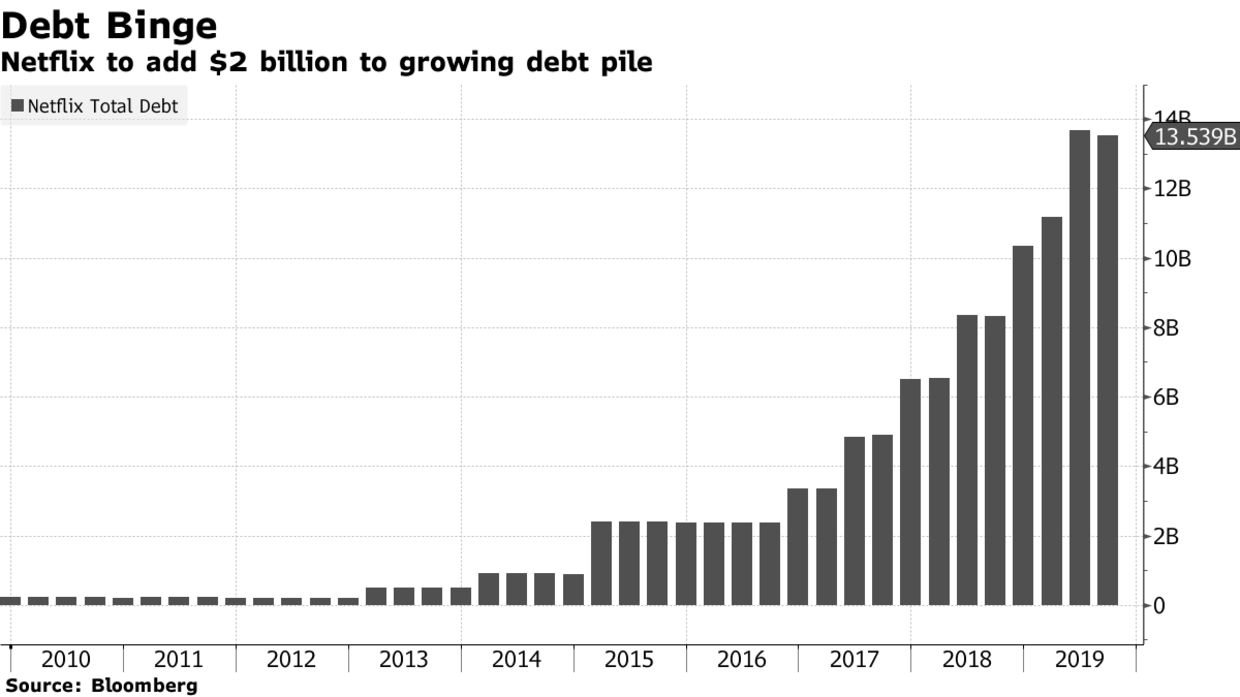Long before the announcement of the Apple TV+ subscription service, there were claims that Internet services were beginning to overtake traditional television. However, this movement of viewers did not take place at a dizzying speed, and therefore TV streaming services began to be talked about more intensively only last year.
In the spring of 2019, we saw the announcement of the Apple TV+ service, which, with its focus on its own content, became an attractive option even for former Netflix or Amazon Prime Video subscribers. In addition, the largest cable companies in the USA, Disney, AT&T and Comcast, have also started to deal more significantly with this market. And while AT&T and Comcast will introduce their products this year, Disney already bought streaming service Hulu last year and launched Disney+. Each service brought something different to Disney, but both revealed a glimpse of a harsh reality.
It could be interest you

While the decline in cable TV subscribers reached an avalanche effect last year, streaming services are losing money. And this also applies to Netflix, which, with more than 158 million active subscribers worldwide, now operates mainly thanks to bonds and loans totaling $13 billion. Ty invests in the purchase of new films and shows, original productions, but also in the development of infrastructure.

Initially, Disney shared happy numbers: in the first days after the launch, 10 million users registered for Disney+, but many did so only for the series The Mandalorian, the first season of which ended at the end of the year and the second is not expected until the fall. The Walt Disney Company, as the new owner of Hulu, also admitted that it expects green numbers for this service in 2023 at the earliest. In the same year, according to analyst Stephen Flynn, Netflix can also get out of debt. The first profits of the HBO MAX service are not expected until 2024.
It could be interest you

Currently, those companies that have not been in the TV industry are in the best position to prepare for the coming trade war. Apple can compensate for the losses of its service by selling phones and other devices, but also thanks to the App Store and the sale of other services such as iCloud or Apple Music. Amazon has nothing to worry about either. The company compensates for losses caused by Prime Video by selling absolutely everything for end customers, but also by providing cloud services for business customers. For these companies, maximizing profits at the expense of popularity is not a priority.

However, Disney, Comcast and AT&T had to create competition for themselves by launching their own streaming services in order to sustain the dying American television. Even this expensive win can be even more expensive. Everything depends not only on the subscription prices, but also on the original content and the frequency of its publication. With television, there is no need to release new content often, but if a company fails to produce quality content for a long time, it loses viewers. At the same time, the rating and thus the interest of advertisers also decreases. Fortunately, the TV station can compensate for these losses with the fees it collects from distributors.
It could be interest you

This link is missing in the distribution channel of the streaming service. But it means that all fees from users go directly to the company that provides the service, and it does not have to be shared with the distributor. But in the world of services, there is almost no space for advertisements. The fact that customers can watch The Irishman or Friends without commercial breaks is a major selling point of streaming services. In this, however, the individual services agree, and as a result, the only decisive factor for success in this market is content.
If the service does not replenish it quickly enough, is not of sufficient quality or is too old and outdated, the user will log out of the service and the business between the company and the customer ends there. According to Richard Broughton, director of research at Ampere Analysis, the key to the success of the biggest services is that they can launch at least one new series every week. Viewers are more likely to watch a new but mediocre series than an award-winning but old series.
According to New York University Stern School of Business Associate Professor Jamyn Edis, 2020 will be the year of The Hunger Games for television services.

Nonsense. He is not in any advantageous position. Apple TV+ gets ridiculously little content, no one pays for it, only those who got a year free have it. He's an absolute flop.